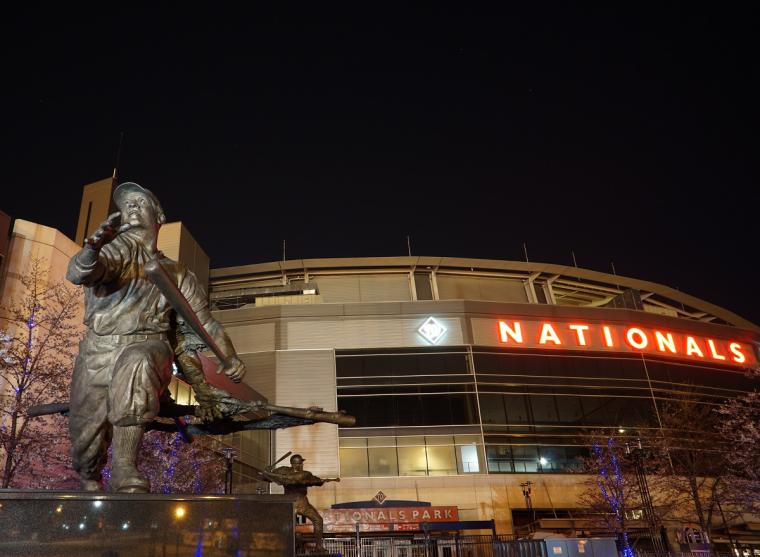
It’s a case study of change for the better. Just consider:
Back in the day, the star players in the Negro Leagues had to play in as many as three games per day – and still earned $400 each month, tops. One team called themselves the Cuban Giants (despite having no Cuban players on their team) in order to get past the open hostility toward Black players. Many did not have parks to call their own and played in stadiums used by white teams – but could only do so when those teams were on the road.
“Teams were not only barred from joining white organized baseball,” notes the Democrat & Chronicle, “but segregation made it difficult for these teams to travel, and to find accommodations at hotels and restaurants while on the road.”
Because of lack of funding and the inability to create dependable schedules, leagues came and went, among them, the Negro National League (1920-31), the Eastern Colored League (1923-28), the American Negro League (1929), the East-West League (1932), the Negro Southern League (1932), the Negro National League (1933-48) and the Negro American League (1937-48).
Preserving the history for all these has been a challenging task. But now, the Negro Leagues Baseball Museum has announced plans to build a $25 million, 30,000-square-foot home in Kansas City. The news of the new museum mirrors that of the perseverance and triumphs of the players themselves; the NLBM, according to Front Office Sports, once occupied a one-room office, funded by former players, who dug into their own pockets for the rent.
Already, funding for the new museum is underway, with the awarding of a $1 million grant from Bank of America in support of the museum’s $25 million capital campaign. Most funds are expected to be privately raised, although officials at the museum have not ruled out public funding in the future.
The museum will be built next to the Buck O’Neil Education and Research Center, or BOERC. O’Neil was a first baseman and manager in the Negro Leagues. After his playing days (mainly spent with the Kansas City Monarchs), he worked as a scout and became the first African American coach in Major League Baseball, according to Wikipedia.
The NLBM website notes that the BOERC will move to the former Paseo YMCA. That historic building is where Andrew “Rube” Foster established the Negro Leagues in 1920. With help from the Bank of America grant, the new NLBM, in combination with the BOERC, will create a “Negro Leagues Campus” that will become the gateway into Kansas City’s famed Historic 18th & Vine District. This is expected to become a catalyst for economic growth in a vastly underserved, predominantly African American community. Count on it to become a major destination in the sports tourism world.

According to the Kansas City NPR affiliate, the principal architectural firm is Pendulum, based in the Crossroads Arts District of Kansas City. Jonathan Cole, the founding principal of Pendulum, said he was still pinching himself over the opportunity his firm has had with the design.
“We’ve designed minor league ballparks, major league ballparks,” Cole said. “To be part of this, which is, I think, our real history — especially as an African American who happens to be an architect, who happens to do work in baseball — this is a second-to-none opportunity for us.”
How quickly the work will progress will depend upon the speed at which funds are raised.
While the signing of Jackie Robinson in 1945 was a watershed moment for players of color, it also heralded the decline of the Negro Leagues.
The museum, even in its present state, is designed to keep that history alive, ESPN notes. Among its exhibits are lockers set up for some of the game's best players, a “Field of Legends” where there are nearly life-sized bronze statues of players on the field, and a collection of memorabilia that includes nearly 200 autographed baseballs donated by Geddy Lee of the Canadian band Rush.
Clearly, just because the era of the Negro Leagues has passed, there is no excuse for sweeping it under the carpet of history.
“Now,” Museum president Bob Kendrick told reporters at ESPN, “we're building an organization that will continue to preserve and celebrate the triumphant story of the Negro Leagues but also fortify our position as one of the nation's most important civil rights and social justice institutions.”

